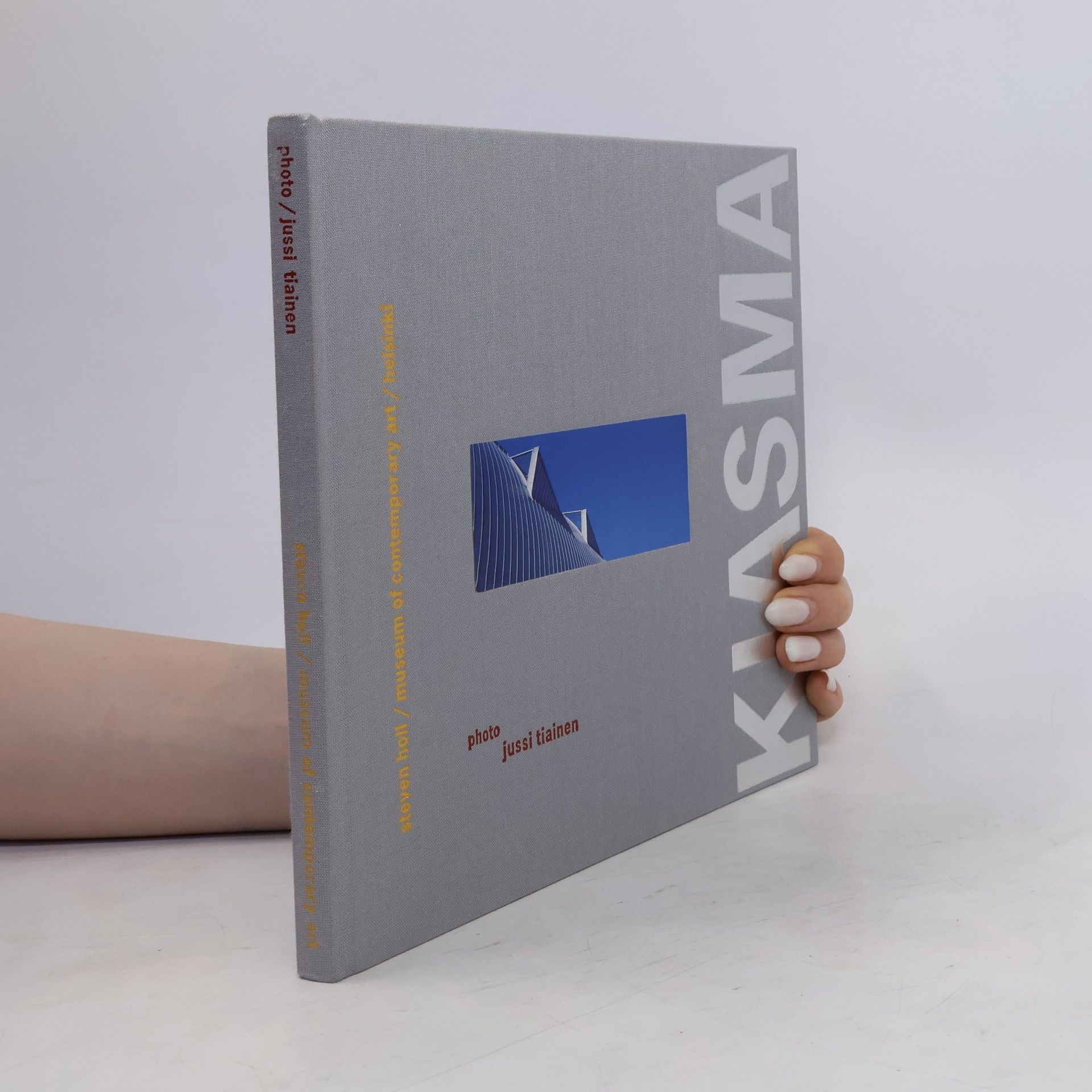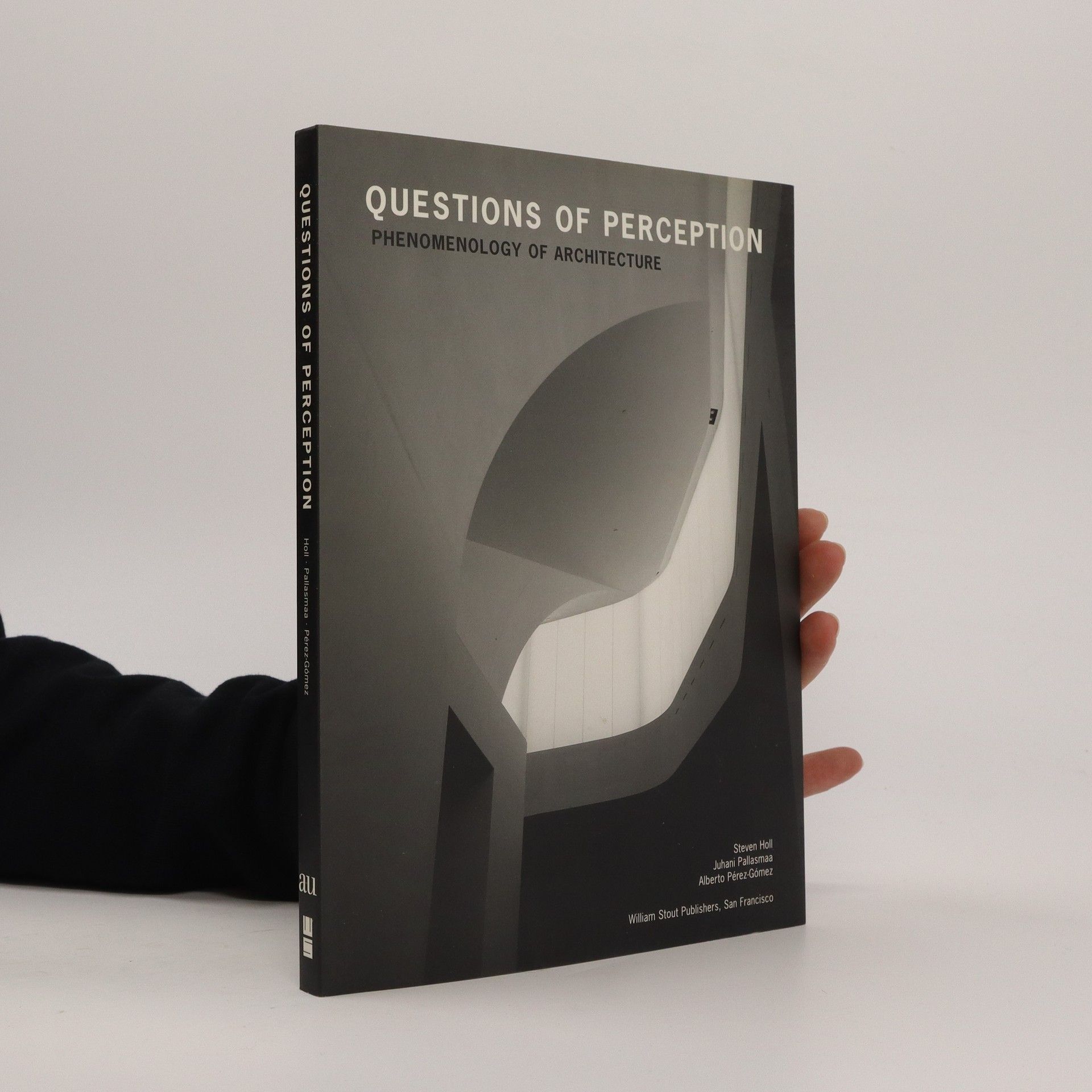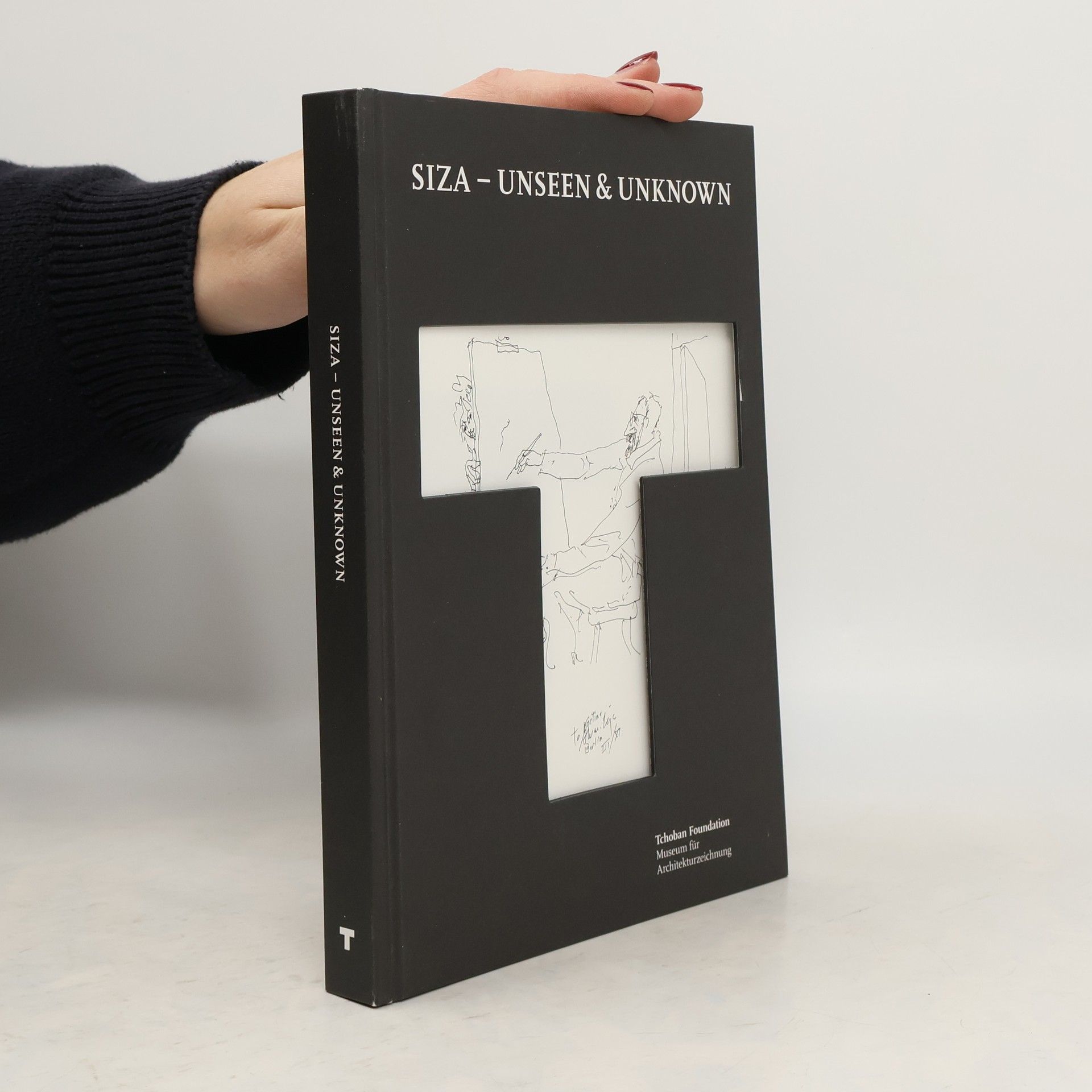Steven Holl Book order
Steven Holl is an architect whose work is defined by a phenomenological approach, exploring the existential and bodily engagement of humans with their surroundings. This shift in his creative output was influenced by his deep interest in the writings of philosopher Maurice Merleau-Ponty and architectural theorist Juhani Pallasmaa. His designs invite a profound experience of space, emphasizing its sensory perception. Holl's architecture encourages a deeper immersion in and visceral understanding of the built environment.






- 2022
- 2020
Steven Holl
- 144 pages
- 6 hours of reading
Internationally recognized for his ability to blend space and light with great contextual sensitivity, architect Steven Holl achieves his award-winning designs by beginning each commission with a small watercolor exploring light, color, and form. Paintings help Holl create a concept-driven design that showcases the unique qualities of each project. This collection of watercolors, which are works of art themselves, includes his most recent projects, from the JFK Center for the Performing Arts expansion and Hunters Point Public Library to University College Dublin.
- 2019
Álvaro Siza was awarded the Pritzker Prize for his life's work in 1992 and is one of the most renowned contemporary architects. Amongst many accolades, he received the Golden Lion at the Venice Biennale of Architecture in 2002 and 2012. The current exhibition at the Museum for Architectural Drawing provides an intimate view into Siza's work, illustrated by sensitive and playful sketches that contrast with the monumentality of his buildings. Drawings by his late wife, Maria Antónia Siza, are also on display for the first time to a wider public, as well as drafts by his son, Álvaro Leite Siza, and grandson, Henrique Siza. The drawings are from the Siza family's own collection and include sketches from known and less well-known projects, as well as architectural fantasies.
- 2006
Questions of Perception
- 155 pages
- 6 hours of reading
A+U 1994 special edition covering the work of Holl, Pallasmaa, and, Perez-Gomez, titled Questions of Perception. Their three individual essays presented in the book, are thematically linked; each one tries to explain the role man's perception plays in architecture and also explores phenomenal accounts. In their original introduction, the authors write: "The endless cultural limitations and contradictions inherent in artistic work, revealed with impeccable clarity and logic by the critics' deconstructive theory, are ultimately of limited use for the generation of architecture. The architect must take a position, one that necessarily has ethical consequences, and for which words, a theoretical discourse is nevertheless indispensable.Bilingually presented in English and Japanese.
- 2002
Built as a diary, the 365 watercolors reproduced in Written in Water represent the creative process of famed American architect Steven Holl. Holl's highly individual method of capturing in watercolors his initial ideas and sketches for all major buildings and competition projects was developed over many years. As an architect, Holl is known for the sculptural qualities he gives to structures and for his genuine use of light -- two qualities which are in tune with the characteristics of the watercolor technique. Among the increasingly high-tech working methods common to his profession, Steven Holl's reliance on a highly artistic and resolutely low-tech process becomes spectacular and inspiration.
- 2000
Parallax
- 384 pages
- 14 hours of reading
As we learn in Parallax, Steven Holl s success comes from his sculptural form-making, his interest in the poetics of space, colour, and materiality, and his fascination with scientific phenomena. Holl reveals his working methods in this book, part treatise, part manifesto, and part, as Holl writes, "liner notes" to fifteen of his projects. Parallax traces Holl s ideas on topics as diverse as the "chemistry of matter" and the "pressure of light," and shows how they emerge in his architectural "criss-crossing" at the Kiasma Museum of Contemporary Art in Helsinki, "duration" in the Palazzo del Cinema in Venice, "correlational programming" in the Makuhari housing in Japan. The result is a book that provides a personal tour of the work of one of the world s most esteemed architects. Parallax is designed by Michael Rock of the award-winning design firm 2x4.
- 1997
Kiasma
- 98 pages
- 4 hours of reading
Of the 516 entries received in the architectural competition for the Museum of Contemporary Art in Helsinki, an entry named 'Chiasma', became the undisputed winner. The submitting architect was Steven Holl and according to Museum Director Tuula "Undoubtedly any architect who was able to comprehend the nature of museum spaces in such a manner had to understand a great deal about art itself." This beautiful book documents in depth how Kiasma has introduced a new dimension to art museum architecture -- one of spatial strength and absence of gesture.
- 1989
14 x Amerika-Gedenkbibliothek
Architekten aus den Vereinigten Staaten planen für Berlin = Architects from the United States Planning for Berlin
- 132 pages
- 5 hours of reading

